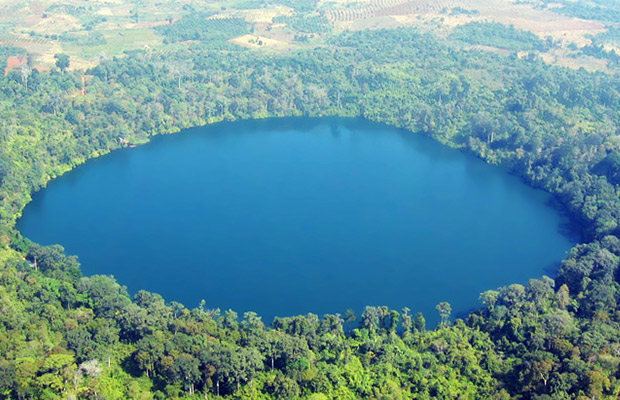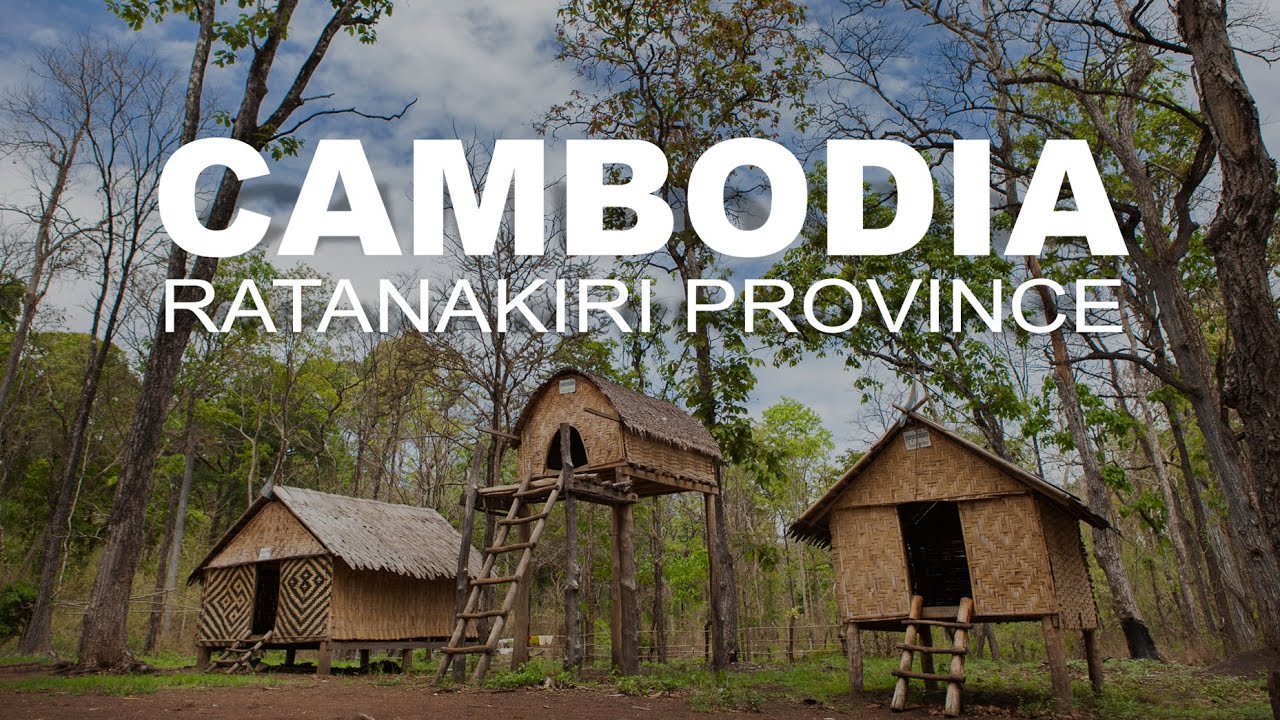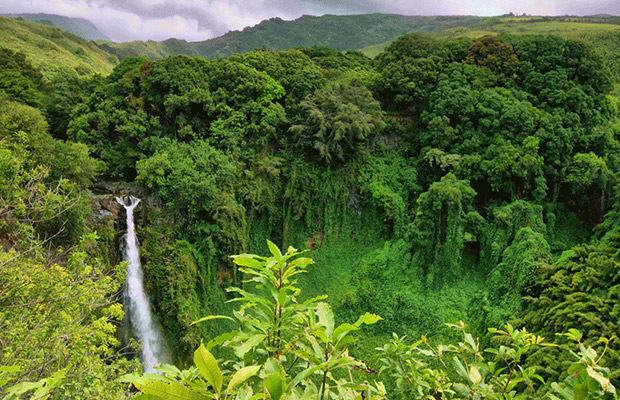About Ratanakiri
Ratanakiri (Khmer: រតនគិរី, meaning 'Gem Mountains') is a province of northeast Cambodia. It borders the provinces of Mondulkiri to the south and Stung Treng to the west and the countries of Laos (Attapeu) and Vietnam (Gia Lai and Kon Tum) to the north and east, respectively. The province extends from the mountains of the Annamite Range in the north, across a hilly plateau between the Tonlé San and Tonlé Srepok rivers, to tropical deciduous forests in the south. In recent years, logging and mining have scarred Ratanakiri's environment, long known for its beauty.
For over a millennium, Ratanakiri has been occupied by the highland Khmer Loeu people, who are a minority elsewhere in Cambodia. During the region's early history, its Khmer Loeu inhabitants were exploited as slaves by neighboring empires. The slave trade economy ended during the French colonial era, but a harsh Khmerization campaign after Cambodia's independence again threatened Khmer Loeu ways of life. The Khmer Rouge built its headquarters in the province in the 1960s, and bombing during the Vietnam War devastated the region. Today, rapid development in the province is altering traditional ways of life.
Ratanakiri is sparsely populated; its 184,000 residents make up just over 1% of the country's total population. Residents generally live in villages of 20 to 60 families and engage in subsistence shifting agriculture. Ratanakiri is among the least developed provinces of Cambodia. Its infrastructure is poor, and the local government is weak. Health indicators in Ratanakiri are extremely poor; men's life expectancy is 39 years, and women's is 43 years. Education levels are also low, with just under half of the population illiterate.
Images of Ratanakiri



More Information
The vast majority of workers in Ratanakiri are employed in agriculture. Most of the indigenous residents of Ratanakiri are subsistence farmers, practicing slash and burn shifting cultivation. (See Culture below for more information on traditional subsistence practices.) Many families are beginning to shift production to cash crops such as cashews, mangoes, and tobacco, a trend that has accelerated in recent years. Ratanakiri villagers have traditionally had little contact with the cash economy. Barter exchange remains widespread, and Khmer Loeu villagers tended to visit markets only once per year until quite recently. As of 2005, monetary income in the province averaged US$5 per month per person; purchased possessions such as motorcycles, televisions, and karaoke sets have become extremely desirable.